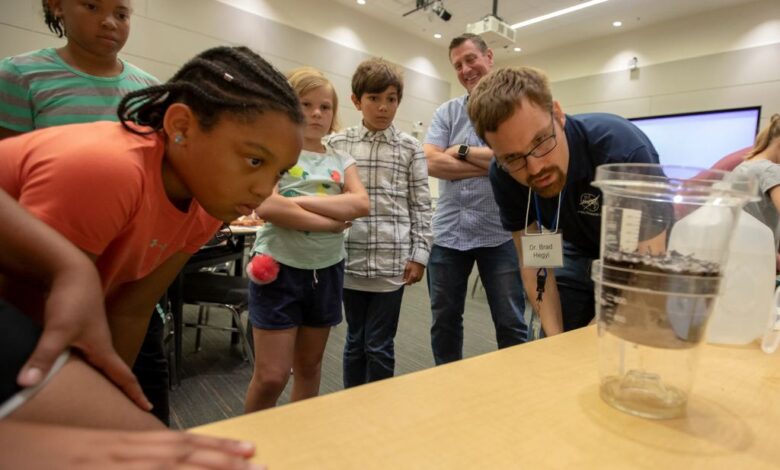NASA, US Department of Education to Launch STEM Project in Washington

Media are invited to the kickoff event of a collaboration between NASA and the U.S. Department of Education at 4 p.m. EDT Monday, Sept. 23, at the Wheatley Education Campus in Washington. The interagency project, 21st Century Community Learning Centers, aims to engage students in science, technology, engineering, and math (STEM) education during after-school hours.
During the event, media will have the opportunity to learn about the STEM collaboration, hear remarks from leadership, and have one-on-one interviews with NASA and Education Department officials upon request. Additionally, students will have the opportunity to engage in educational activities, as well as participate in an engineering design challenge.
Officials providing remarks at the event include:
- Kris Brown, deputy associate administrator, NASA’s Office of STEM Engagement, Headquarters in Washington
- Cindy Marten, deputy secretary, U.S. Department of Education
Media interested in covering the event must RSVP no later than Friday, Sept. 20, to Abbey Donaldson: abbey.a.donaldson@nasa.gov.
Through the project, NASA’s Glenn Research Center in Cleveland and the Education Department will align resources to provide STEM activities, professional development, and funding for after-school programs nationwide. NASA will offer staff training, continuous program support, and opportunities for students to engage with NASA scientists and engineers. The initiative also will include student activities that demonstrate practical applications of STEM concepts.
In May 2023, NASA and the Education Department signed a Memorandum of Understanding, strengthening the collaboration between the two agencies, and expanding efforts to increase access to high-quality STEM and space education to students and schools across the nation. NASA Glenn signed a follow-on Space Act Agreement in 2024 to support the 21st Century Community Learning Centers.
Learn more about how NASA’s Office of STEM Engagement is inspiring the next generation of explorers at:





